A Day in the Life: Elementary School Teacher, 1st Grade was originally published on Firsthand.
Clara Lin always knew that she wanted to work in the field of education, but she wasn't sure exactly what she wanted to do, so she decided not to pursue the traditional, undergraduate path to teacher certification. After graduating from college she decided to look for a position in adult education, and soon found a position teaching English language learners at a nonprofit social services agency. In this capacity, she taught English to adult students from all over the world. Eventually, she was promoted and became the co-coordinator of a family literacy program; this gave her the opportunity to work with entire families, promoting literacy of both the parents and children.
These experiences working with families helped Clara decide to become an elementary school teacher. “I realized I was interested in taking what I'd learned from teaching adults and using it to teach children,” she says. Once Clara was sure that she wanted to pursue a career as a classroom elementary school teacher, she enrolled in a master's with certification program. While pursuing her degree, Clara continued to work full-time as a literacy coordinator, up until her student teaching semester.
After graduating, Clara found a job in a progressive elementary school in New York City. The school is a part of the NYC Empowerment Zone, which means that it is not affected by some of the regulations that are imposed upon other NYC schools. Clara's school is located in a neighborhood that has gone through a great deal of gentrification. As a result, her school is “more diverse than any other public school I've been to or seen. It's common for a public school to have a very high percentage of students from a certain racial or economic background. My school is very diverse. I have students whose parents are highly paid professionals, a student who just got out of the city shelter services, and many in between,” she says.
5:45 AM: Wake up.
6:30 AM: Begin commute to work via bus and subway.
7:30 AM: Arrive at work.
8:00 AM: Tutor a small group of third graders in writing (as part of an extended-day academic intervention program that has been implemented in all New York City schools).
8:40 AM: Pick up class from the schoolyard, where they are waiting to begin their day.
8:50 AM: Facilitate morning meeting with students. The students greet each other, we discuss today's schedule, and then we go through a short community-building activity.
9:10 AM: Teach word study—conduct a lesson on phonics and spelling. Afterwards, students practice phonics and spelling skills through games with a partner.
9:30 AM: Teach writing workshop—conduct a 10- to 15-minute lesson related to our current genre study. Students then work independently on an ongoing writing project. Meet with students to assess their projects or review specific skills that will help them develop as writers. At the end of the writing workshop, one or two students share their work with the class.
10:15 AM: Escort the students to art class. Prep period follows. I use this time to prepare for afternoon math class, something that involves making copies of worksheets or assessments (tests), and collecting materials needed for math games.
11:00 AM: Lunch time—I take the students to the cafeteria. I eat lunch at this time too, but I also continue working. I'll check homework folders for completed assignments and notes from parents.
11:50 AM: Pick up students from recess. It takes about 10 minutes for class to file back inside and upstairs to the fourth floor.
12:00 PM: Class meeting; followed by 10 to 15 minutes of “quiet time” for students, when they can do a quiet activity of their choice such as drawing or reading. During quiet time, meet with several students who have behavior plans that we review together on a daily basis.
12:20 PM: Teach first grade math class. Work with first graders from two different classes while second graders go to another teacher for math. Instruction consists of a short lesson followed by work time. During work time, I go to each table of students and assist them with any problems. End with a short meeting to review the day's work.
1:20 PM: Read aloud to class.
1:30 PM: Snack time.
1:45 PM: Reading classes. Due to the large range of student ages and skills in the class, students are divided into five different reading groups. During reading time, work with one group of students on skills specific to their reading level, while the other students read independently from books at their reading levels.
2:15 PM: Social studies lesson.
2:45 PM: Prepare for dismissal. Students gather belongings and line up. Review daily behavior plans with students, completing a feedback page that these students are required to take home to their parents.
3:00 PM: Dismiss students to parents, caregivers, school buses, or after-school programs.
3:15 PM: Check mailbox and clean up classroom.
3:45 PM: Planning, meeting and filing time. Plan lessons, prepare materials, file assessments and make copies. Depending on the day, there may be a staff meeting or a meeting with a mentor teacher scheduled during this time.
5:30 PM: Commute back home.
6:30 PM: Arrive home. Spend time responding to e-mails from parents and co-workers throughout the evening.

